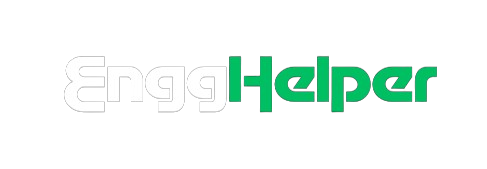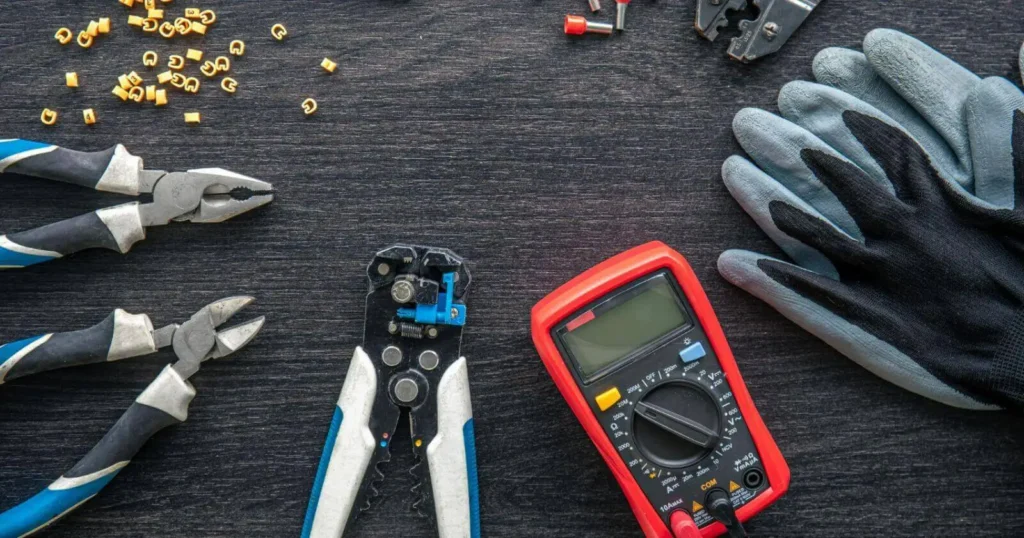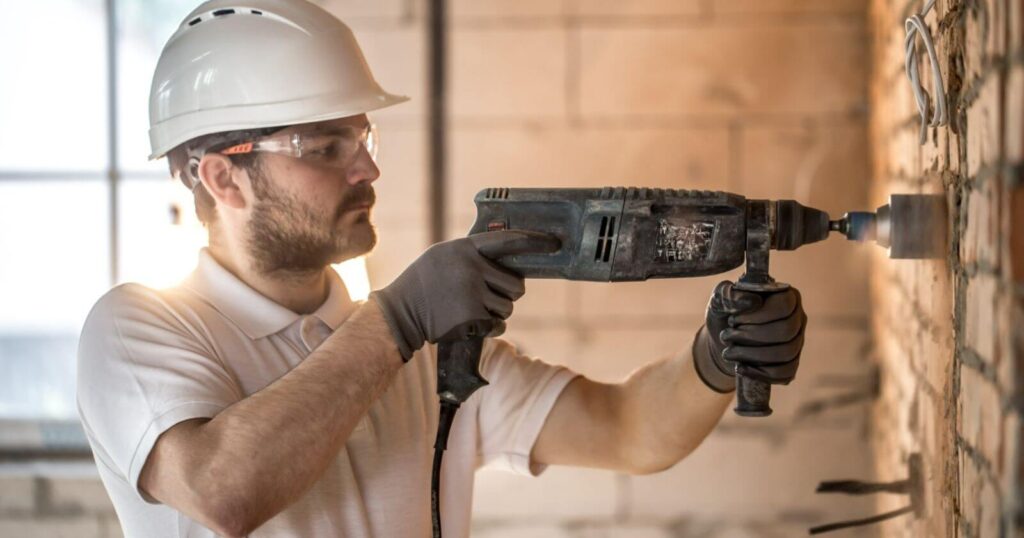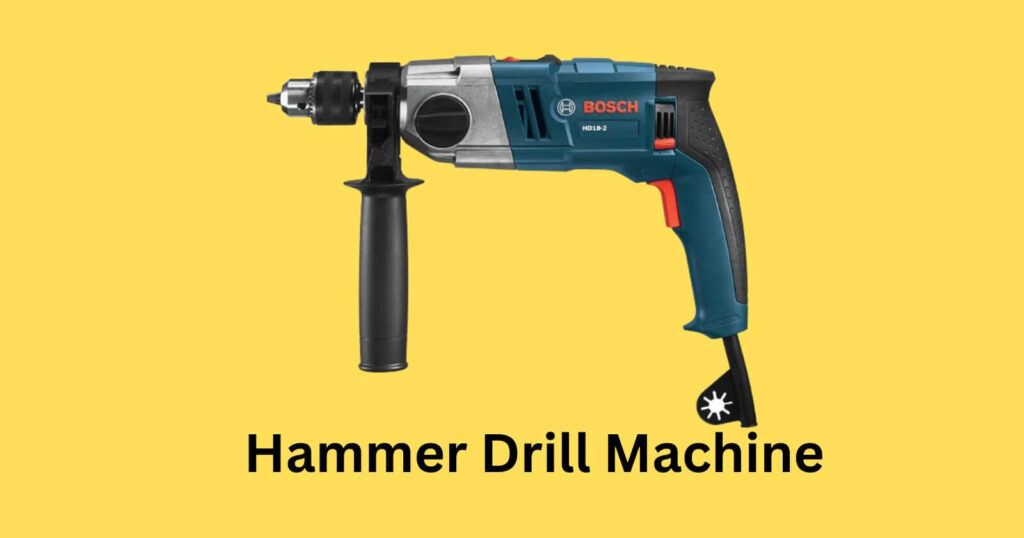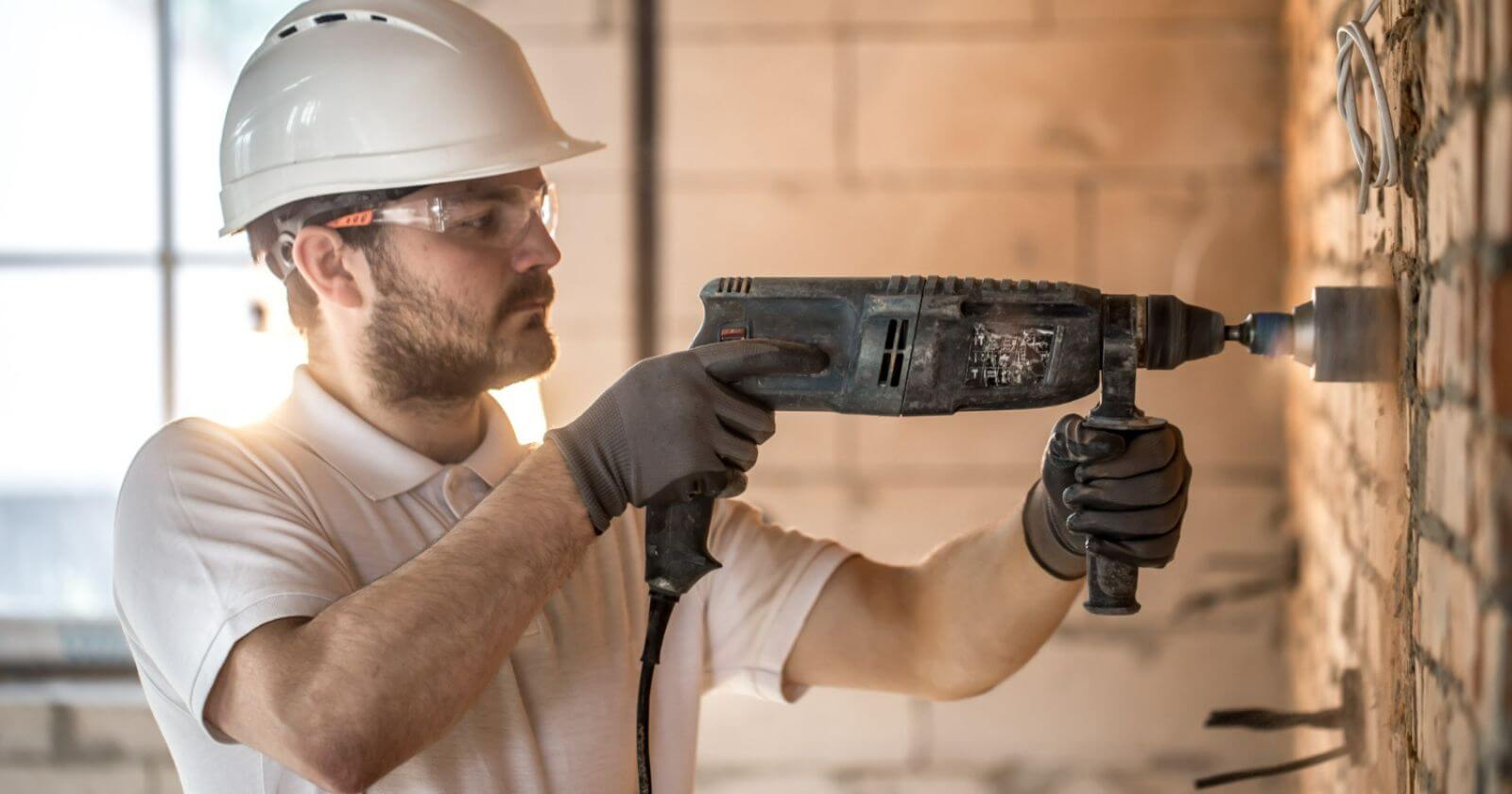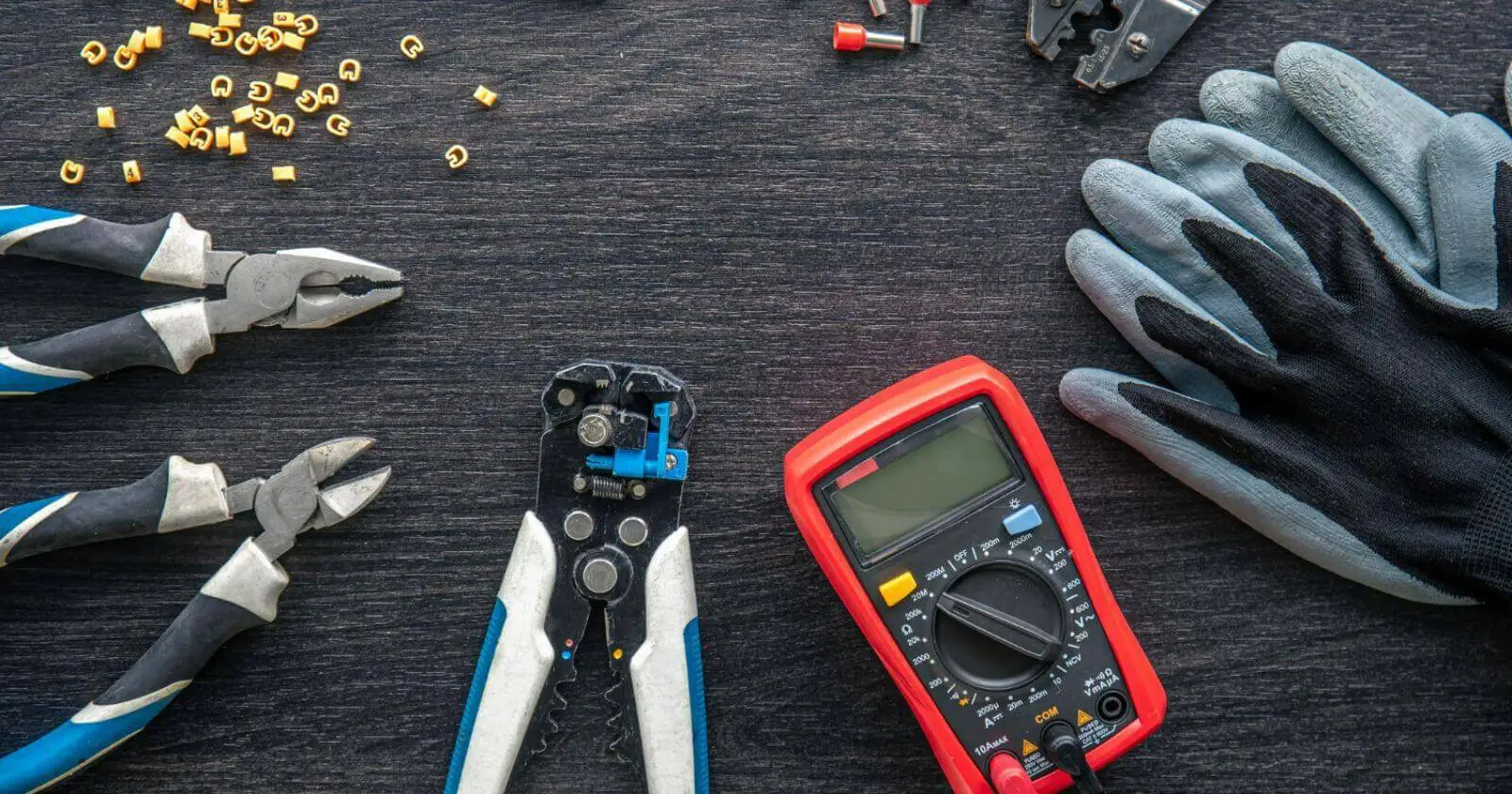What is a Hammer Drill?

If you’ve ever found yourself amid a DIY project or construction job, you’ve likely encountered a variety of tools that seem similar but serve very different purposes. Among them, the hammer drill is one of the most essential tools for working with hard materials like concrete, brick, or stone. But what exactly is a hammer drill, and how does it differ from a regular drill or other power tools?
In this blog, we will talk about Hammer Drill. What is a hammer drill? And how does the hammer drill work? Let’s move on
Table of Contents
What is a Hammer Drill?
A hammer drill, sometimes called a “percussion drill” or “impact drill,” is a power tool designed for drilling into hard surfaces. Its unique mechanism that combines rotary drilling motion with a hammering action sets a hammer drill apart from a standard drill. Essentially, it works like a regular drill but adds a forward hammering force to help penetrate tough materials more effectively.
Imagine using a chisel and hammer to break through a brick wall while the chisel turns to dig deeper, the hammer repeatedly hits it from behind. A hammer drill replicates this action, with the drill bit simultaneously spinning and pounding, making it a highly efficient tool for tough jobs.
How Does a Hammer Drill Work?
The secret to a hammer drill’s performance lies in its internal mechanism. While a standard drill rotates the bit, a hammer drill features a clutch that moves the drill bit forward and backward, creating a hammering motion. This hammer action occurs thousands of times per minute and combined with the rotational movement of the bit, it effectively breaks up hard materials like concrete, stone, and masonry.
Most hammer drills have a switch to turn the hammering action on or off, so you can use the tool as a regular drill when necessary. When the hammering mode is off, it operates much like a standard drill, making it more versatile for softer materials like wood or plastic.
Hammer Drill vs. Impact Driver
It’s easy to confuse a hammer drill with other similar tools, like an impact driver or a rotary hammer, but they each serve distinct purposes.
Hammer Drill: Best for drilling into hard surfaces like concrete, brick, or stone. Combines rotational drilling with a hammering action.
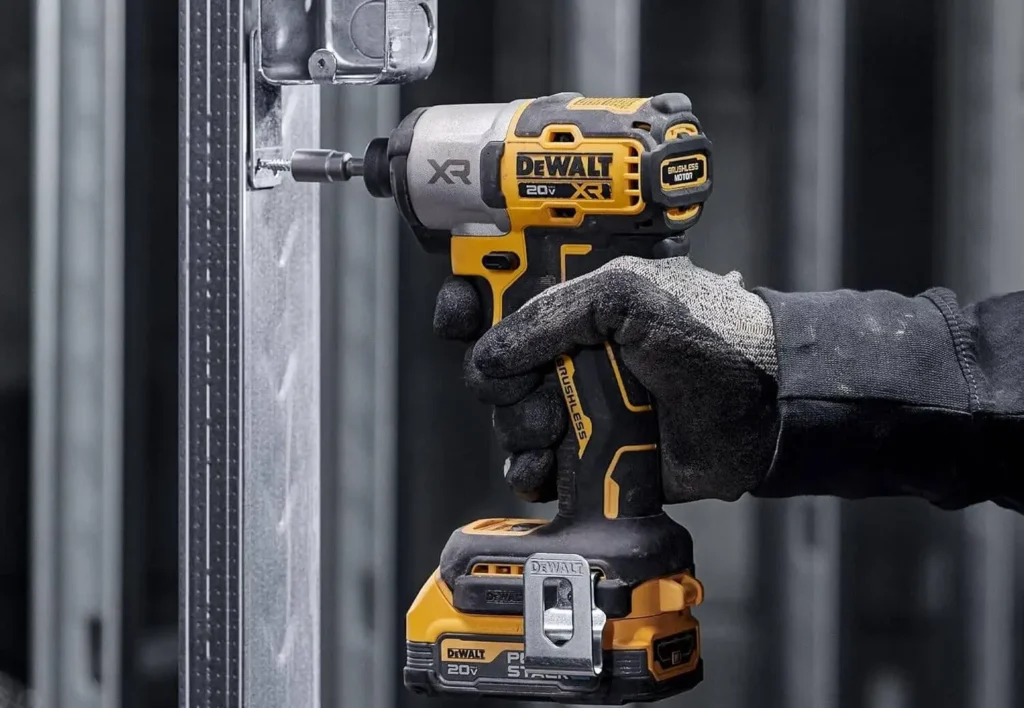
Impact Driver: Primarily used for driving screws and fasteners. It applies a rotational hammering action to help drive screws more efficiently, especially into tough materials but doesn’t have the forward hammering action for drilling.
Hammer Drill vs. Rotary Hammer
Hammer Drill: A hammer drill is best for light to medium-duty jobs. It is effective for drilling small to medium holes in softer concrete, masonry, or brick but lacks the power to handle larger holes or dense materials for extended periods.
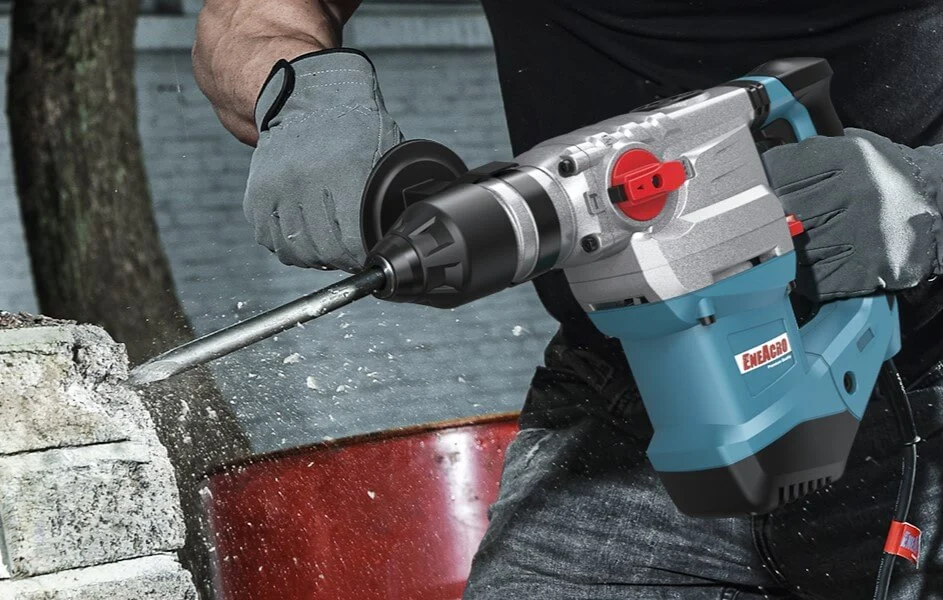
Rotary Hammer: A more powerful version of the hammer drill. It’s designed for heavy-duty tasks like breaking up concrete and is often used in large-scale construction work. It uses a piston mechanism for a more intense hammering force, making it the go-to tool for professional contractors.
When Should You Use a Hammer Drill?
If you’re tackling a project that involves drilling into hard surfaces—such as hanging shelves on a concrete wall, installing anchors in brick, or running electrical conduit through a masonry structure—a hammer drill is the tool for the job. Standard drills often struggle with these materials because they rely solely on the bit’s sharpness and rotary force. The hammering motion of a hammer drill helps break through tough surfaces, allowing the bit to penetrate more easily.
What to Consider When Buying Hammer Drills
Here are a few key features to consider.
Power Source: Hammer drills come in both corded and cordless models. Corded drills typically provide more power, making them better for heavy-duty tasks, while cordless models offer more flexibility and portability.
Hammering Action Control: Look for a drill that allows you to switch between hammering and standard drilling modes, giving you more versatility.
Speed Settings: Many hammer drills come with variable speed controls, which allow you to adjust the speed based on the material you’re drilling into. Lower speeds are better for softer materials, while higher speeds are ideal for tough surfaces.
Comfort and Ergonomics: Since hammer drills are typically used for demanding tasks, ensure the tool has a comfortable grip and isn’t too heavy. Many models come with side handles for better control and reduced fatigue.
Chuck Size and Bit Compatibility: The chuck is the part of the drill that holds the bit. Most hammer drills have a 1/2-inch chuck, which fits a wide range of drill bits. Make sure it’s compatible with the bits you’ll need for your specific job.
Final Thoughts
A hammer drill is a powerful, versatile tool designed for drilling into tough surfaces like concrete and brick. It combines the rotating motion of a regular drill with a hammering action to break through hard materials with ease. Whether you’re a DIY enthusiast or a professional contractor, a hammer drill is a must-have tool for any project involving masonry or concrete work. Understanding its functionality and knowing when to use it will save you time and frustration on your next big project.
.

